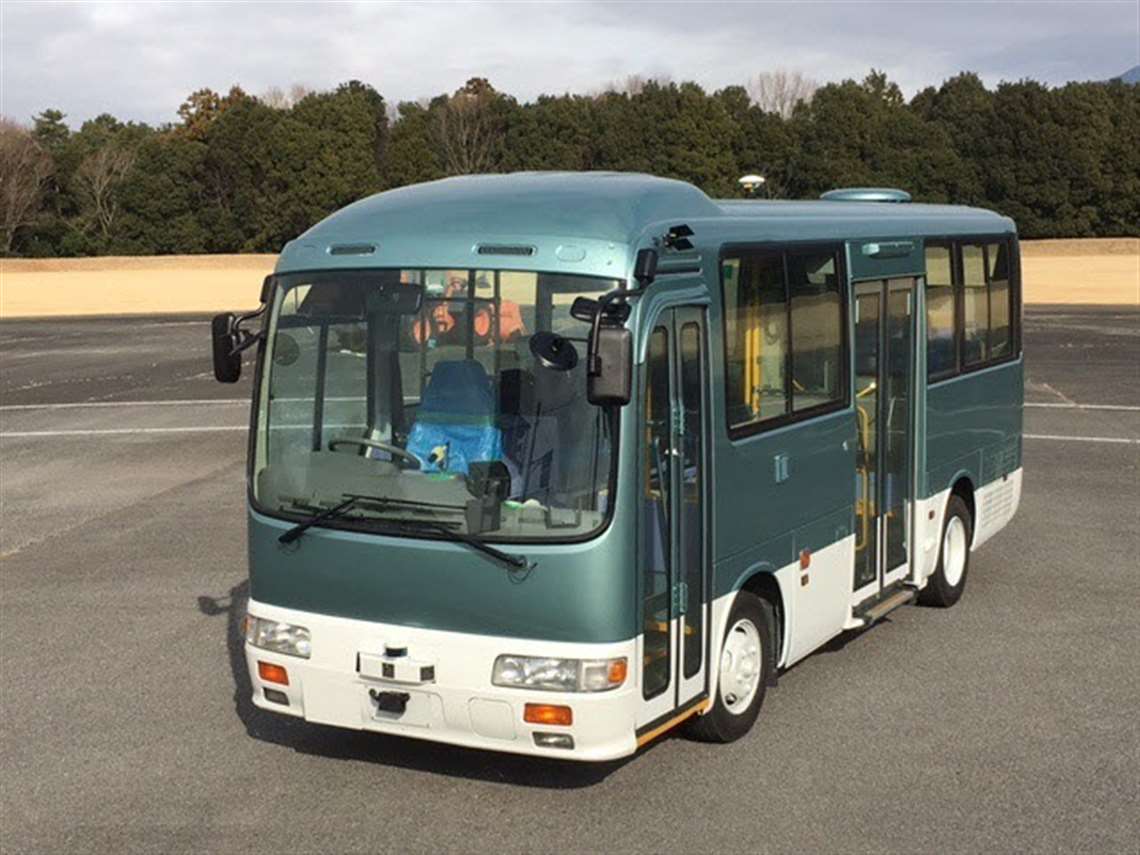Kyocera Participates In Self-Driving Bus Project
14 December 2018

Kyocera Corp. will participate in a self-driving bus test project organized by the Mobility Innovation Consortium, an organization to promote autonomous driving led by East Japan Railway Company (JR East).
Based in Japan, Kyocera is a supplier of semiconductor packages, industrial and automotive components, electronic devices and mobile phones. Other corporations participating in the project are expected to include Advanced Smart Mobility Co., Ltd., Aichi Steel Corp., SoftBank Corp., Nippon Signal Co., Ltd. and NEC Corp.
The project tests, which will occur between now and March 2019, are designated to evaluate self-driving technologies for bus transit applications, including automated lane-maintenance control, speed control, parking assist, and alternating passage tests on JR East’s Bus Rapid Transit (BRT) lines in the Japanese coastal city of Rikuzentakata.
Kyocera said it will support the installation and maintenance of roadside units for vehicle-to-infrastructure communications. Through multiple BRT experiments, the companies hope to identify and solve technology issues that stand in the way of commercializing autonomous bus transit. The project is designed to evaluate technologies and public demonstration rides will not occur at this phase. A driver will be present on the bus in the event of an emergency during testing.
The tests will be conducted using specially modified autonomous buses provided by Advanced Smart Mobility. Technologies under evaluation include the following:
1. Lane-maintenance and speed control
High-sensitivity Magnetic Impedance (MI) sensors on the bus read information from magnetic markers placed on BRT routes to identify the vehicle’s exact position. Tests will verify the smooth and seamless operation of the bus autonomous lane-maintenance and speed control systems. By automatically controlling the vehicle’s brakes and accelerator, the test evaluates typical operation at speeds of 40km/h or lower, with stops at designated positions.
2. Precision docking
Stopping tests utilize magnetic markers that communicate spatial information to stop the bus automatically as it reaches the platform of the BRT station.
3. Narrow road “alternating Passage” capability
Through radio communication between the bus and location-detection systems, this test will verify the bus’s ability to negotiate passage on a BRT roadway wide enough for just one vehicle, as another vehicle approaches from the opposite direction.
4. Other experiments
In addition to the experiments listed above, the companies will conduct location-detection tests using GPS to verify navigation and distance-measurement systems.
STAY CONNECTED




Receive the information you need when you need it through our world-leading magazines, newsletters and daily briefings.
POWER SOURCING GUIDE
The trusted reference and buyer’s guide for 83 years
The original “desktop search engine,” guiding nearly 10,000 users in more than 90 countries it is the primary reference for specifications and details on all the components that go into engine systems.
Visit Now
CONNECT WITH THE TEAM









